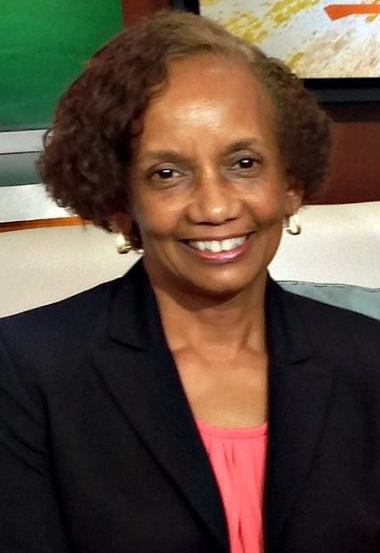By Dr. Helen T. Greene
Jackson Advocate Guest Writer
Like most parents, and as a single parent in the 1980s, I always worried about my three sons. I still worry about them.
I can’t imagine what my life, and that of their fathers, siblings, aunts, uncles, grandparents, classmates, and friends, would be like if one of them was shot to death or killed someone.
Almost every day, young homicide victims and offenders leave behind a new normal for their families comprised of anger, fear, frustration, guilt, tears, trauma, and involvement in criminal and juvenile justice agencies.
A recent Council on Criminal Justice (CCJ) report indicates the total number of homicides decreased in 2023, but continues to remain high. So far this year, more than 1,000 children have been murdered.
Some of the cities with the highest murder rates have majority Black populations, including Baltimore, Cleveland, Detroit, Memphis, and New Orleans.
Some cities having majority Black populations, but don’t have high murder rates, include Augusta, Macon, Birmingham, Montgomery, and Shreveport.
Other cities not having majority Black populations that do have high murder rates include Chicago, Philadelphia, St. Louis, and Milwaukee.
We know many factors contribute to youth homicides, including place, race, individual, family, and community risk. However, we know much less about gun violence and youth homicide prevention strategies.
There are some promising approaches. For example, Everytown for Gun Safety is a gun violence prevention organization that, along with Moms Demand Action and Students Demand Action, is leading efforts to enact gun safety legislation and build grassroots networks in several states.
In Knoxville, evidence-based solutions were recently adopted that include diffusing personal disputes, enhancing police and community involvement, and mentoring.
Statistical compilations documenting the number of homicides are published by the CCJ, Centers for Disease Control and Prevention, Gun Violence Archive, Pew Research Center, and Statista.
However, simply counting the number of victims is not enough to prevent youth homicides. We also need more information about successful youth violence prevention strategies.
In 2021, the Biden-Harris Administration developed and funded a “Comprehensive Strategy to Prevent and Respond to Gun Crime and Ensure Public Safety”. While guns and evidence-based community violence interventions are a priority, youth homicide is not.
Reducing youth gun violence and gun deaths will continue to be a challenge in the decade ahead. Successful programs need to involve youth, parents, faith-based organizations, schools, justice practitioners, and other community stakeholders.
Together we must explore evidence-based and technological strategies that prevent interpersonal conflict in families, homes, communities, on social media, and in schools.
At the federal level, we need to revisit justice funding to the states, develop real-time arrest, crime, and victimization data, and identify evidence-based programs specifically designed to prevent youth homicides.
It now is time for a White House Conference on Youth Gun Violence. This conference must include the voices of those most impacted by youth gun violence, including youngsters, parents, teachers, retailers, and entertainment venues.
Publisher’s Note: Dr. Helen T. Greene has authored many scholarly books and articles on criminology and criminal justice. She also is a member of the Black Criminologists Forum (BCF). BCF is a national association of nearly 70 Black scholars holding a doctorate degree in criminology, criminal justice, juvenile justice, or a related field of study.






